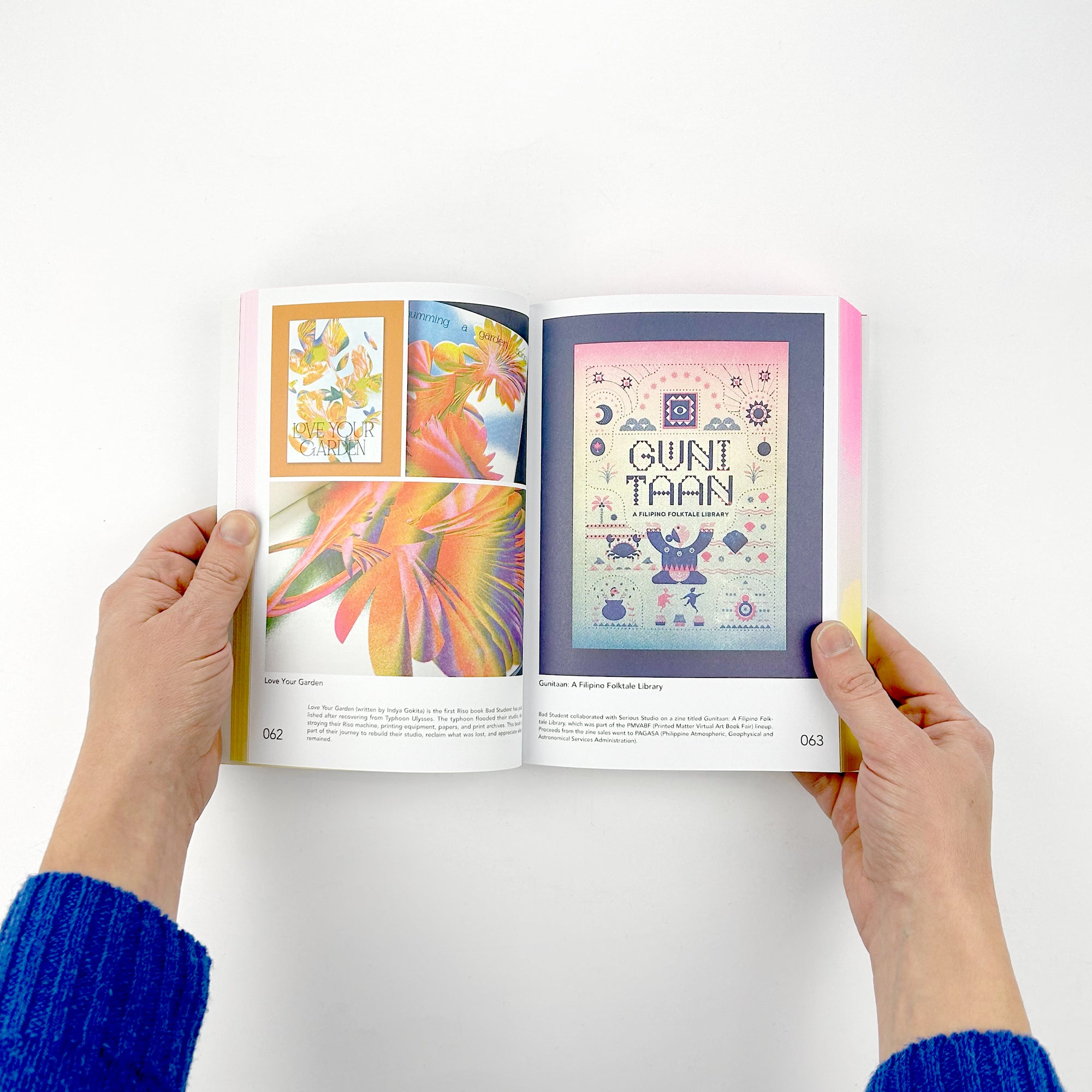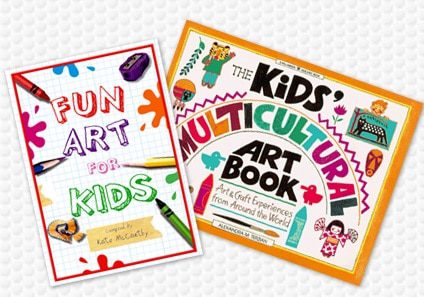Which Binding Style Suits Your art book Vision?
Which Binding Style Suits Your art book Vision?
Blog Article
Understanding the Refine Behind Premium Art Book Printing for Art Enthusiasts
When it comes to high-quality art book printing, comprehending the details of the process can raise your admiration for the final product. As you discover the various elements of art book printing, you'll discover understandings that could transform your point of view on art conservation and presentation.
The Significance of Paper Choice in Art Book Printing
When it involves art book printing, the choice of paper can make or break the final item. You desire your art work to shine, and the best paper improves shade vibrancy and information. Take into consideration factors like weight, structure, and surface; these elements substantially influence how readers view your work.
As an example, a larger supply shares quality and sturdiness, while a textured surface can include deepness to pictures. Smooth paper is exceptional for thorough recreations, permitting great lines and refined tones to show up crisp.
Do not ignore the paper's illumination; a brighter sheet can assist colors pop, making your art much more distinctive. You'll additionally intend to consider just how the paper engages with inks and whether it can manage the printing procedure without contorting or bleed-through. Eventually, selecting the best paper sets the phase for your art, guaranteeing it catches the audience's attention equally as you pictured.
Picking the Right Inks for Lively Reproductions
Choosing the right inks is simply as crucial as choosing quality paper to achieve vivid recreations in your art book. When you're printing artwork, you desire colors that pop and properly stand for the original item. Go with inks with a high pigment concentration; these often tend to create richer and a lot more saturated colors.
You might take into consideration utilizing historical inks, which withstand fading over time, guaranteeing your art book remains as striking as the day it was published. If you're dealing with pictures or digitally developed art, pigment-based inks can offer a bigger color range, improving information and depth.
Do not forget the finish! Matte and glossy inks can significantly modify the appearance of your artwork, so assume about the appearance you're intending to accomplish - art book. Inevitably, the right ink option enhances your paper selection, producing a stunning visual experience for your visitors
The Duty of Color Administration in Publish Quality
Color management plays a crucial role in accomplishing high print top quality for your art book. It assures that the colors you see on your screen equate properly to the published page. Without efficient color monitoring, your vivid artworks may appear boring or altered, threatening your creative vision.
To start, calibrate your screen consistently. This action helps maintain constant color representation. Next, utilize shade accounts customized for your printer and paper kind. These accounts lead the printer in recreating colors accurately, decreasing inconsistencies in between digital and printed versions.
When you prepare your documents, consider using a shade room like Adobe RGB or CMYK, relying on your printer's requirements. Constantly proof your work, too; an examination print can disclose any type of prospective color issues prior to the last run. By prioritizing color monitoring, you guard the stability of your art, ensuring your audience experiences it as you intended.

Understanding Various Binding Methods
Achieving the best seek your art book goes past color monitoring; binding methods also play a substantial role in its total presentation and durability. You have numerous options to examine, each with its own special qualities.
If you're intending for a professional feeling, case binding uses a sturdy choice with a tough cover, ideal for showcasing your art work. On the other hand, excellent binding offers an adaptable spine while learn this here now keeping prices down, making it a popular option for softcover publications.
Spiral binding allows your art book to lay level, which is great for showing photos without obstruction. On the other hand, saddle sewing is perfect for smaller sized pamphlets, giving a clean surface without the mass.
Inevitably, the binding technique you choose must mirror your imaginative vision and how you want visitors to involve with your job. Ensure to consider these options thoroughly to accomplish the very best read this article end result for your task.
The Impact of Print Size and Layout on Presentation
While the choice of print size and design may seem additional to material, they considerably affect just how your art work is perceived. The measurements of your prints can either boost or diminish the impact of your pieces. Bigger prints can attract visitors in, allowing them to value intricate details, while smaller sized layouts could call for even more intimate involvement.

Preservation Strategies for Resilient Art Books
To ensure your art books stand the test of time, it's essential to carry out effective preservation strategies. Use acid-free storage space boxes or safety sleeves to shield them from dirt and physical damages.
When handling your publications, constantly wash your hands or weblink use cotton handwear covers to avoid oils and dust moving onto the pages. Prevent flexing or creasing the spinal columns; rather, make use of book supports when showing them.
For included protection, think about buying archival-quality products for any repair services or improvements. Routinely inspect your collection for indicators of wear or damages, addressing problems without delay. By following these easy methods, you can assure your art publications remain vibrant and available for many years ahead, maintaining their beauty and value for future generations.
Working together With Printers for Optimum Outcomes
When you're all set to print your art book, choosing the appropriate printer is vital to achieving your vision. Clear interaction regarding your assumptions and needs will assist ensure that both you and the printer get on the exact same page. Let's check out exactly how to make this partnership as seamless and effective as possible.
Selecting the Right Printer

Reliable Communication Techniques
Efficient interaction is important for turning your art book vision right into fact, especially when working together with printers. art book. Begin by plainly detailing your job's objectives, consisting of layout elements, favored materials, and any kind of details printing techniques. Don't be reluctant to share your motivations and referrals; this aids the printer recognize your aesthetic
Be open to comments, as printers commonly have useful insights that can enhance your task. This cooperation will guarantee that your art book meets your assumptions and radiates in its final type.
Regularly Asked Inquiries
What Prevail Mistakes to Avoid in Art Book Printing?
When publishing your art book, prevent common blunders like bad resolution images, wrong shade profiles, and neglecting web page layout. Do not fail to remember to proofread and ascertain information to confirm your last product meets your assumptions.
How Does Digital Printing Differ From Typical Printing Techniques?
Digital printing uses electronic files to produce prints directly, permitting for quicker turn-around and personalization. On the other hand, traditional techniques involve physical plates, which can be taxing and less adaptable for small runs or one-of-a-kind styles.
What Is the Regular Turnaround Time for Art Book Printing?
The regular turnaround time for art book printing differs, but you can anticipate it to take anywhere from a few weeks to a number of months. Factors like complexity, amount, and printing method all affect this timeline.
Can I Publish a Restricted Version Art Book Economically?
You can print a minimal edition art book financially by picking affordable products, optimizing print runs, and using electronic printing options. Cautious preparation and budgeting will certainly help you accomplish top quality without spending too much.
What Are the Ecological Factors To Consider in Art Book Printing?
When considering art book printing, you must consider environment-friendly products, sustainable inks, and energy-efficient processes (art book). Selecting regional printers can additionally reduce your carbon footprint, making your job both attractive and environmentally accountable
Report this page